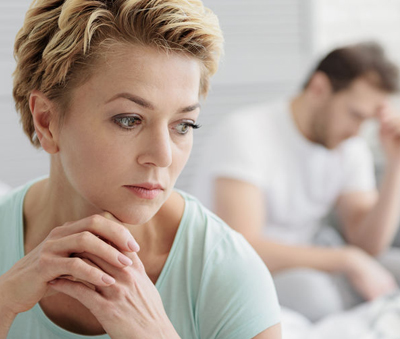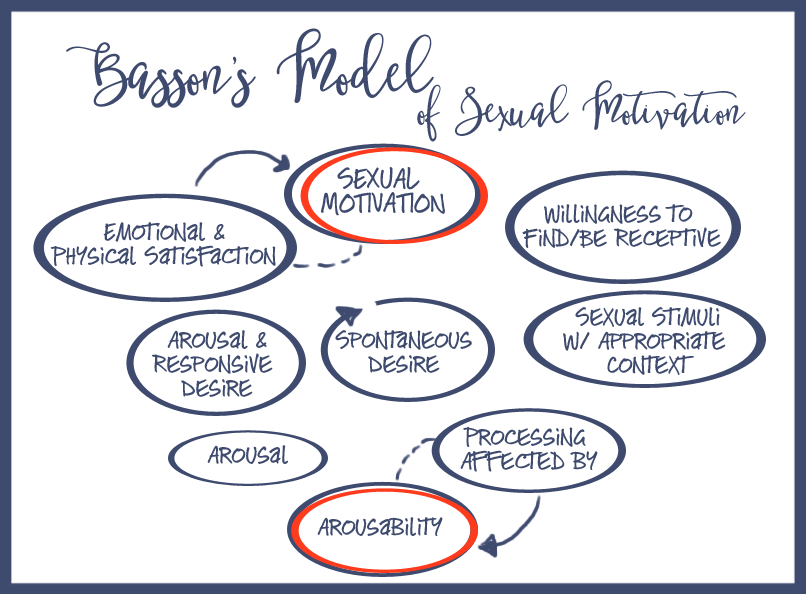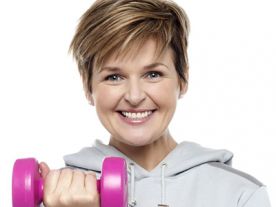
What turns a woman on has been the focus of research for decades. Master’s and Johnson started this investigation in the 1960s. Their research is an important place to start.
Common Symptoms & Concerns
- Lack of interest in sex
- Disappointing sexual experiences
- Difficulty achieving orgasm
About Low Sex Drive
(Hypoactive Sexual Desire Disorder)
To understand this disorder, reviewing the important research from Master's and Johnson is an important place to start. Their research outlines 4 stages of the sexual cycle:
Masters and Johnson provided unprecedented information as pioneers in understanding the sexual cycle. However, a huge omission on their behalf was the importance of desire. It only stands to reason that if a woman does not desire to have sex then arousal and orgasm will be less robust.
Masters and Johnson also relied on a linear male focus. They suggested that the sexual cycle in a female was a step-by-step orderly process starting with excitement.
The Importance of Desire and Emotional Intimacy
New research confirms common sense indicating that desire augments the cascade of sexual events in the female sexual cycle. Furthermore the cycle can be different from one woman to the next. It may not be orderly and does not have to start from the same stage of the cycle. In addition, Dr. Rosemary Basson describes the importance of emotional intimacy in the cycle.
Dr. Basson's Model of Sexual Motivation
Dr. Basson’s model provides is more consistent with common sense and the reality for many women. The effect of emotional stimuli is very important for the motivation to have sex. The process is not linear. Rather, it's just as unique as each individual woman.

Key Points
-
Motivation for sex can and is different in every individual
-
Sexual stimuli that increase the desire to have sex are different in every individual. A kiss for one person may provide the spark while a spontaneous poem from a partner for another may be the spark.
-
The context and state of mind weighs heavily on the desire to have sex
Where there is motivation, appropriate stimuli, and right context,
the desire for sex will usually occur.
It is also important to note that all sexual encounters begin with a spontaneous desire. The sexual response can be ignited during any phase.
Other Factors
Certain problems can have a negative impact on the desire for sex. Other investigators explain the importance of :
A woman’s self image
Communication between partners
Worry concerning cheating
Physical Issues
For example, if a women has pain with intercourse, then neurochemistry feedback results in less desire for sex. Other physical changes that may negatively impact female sexual desire are:






